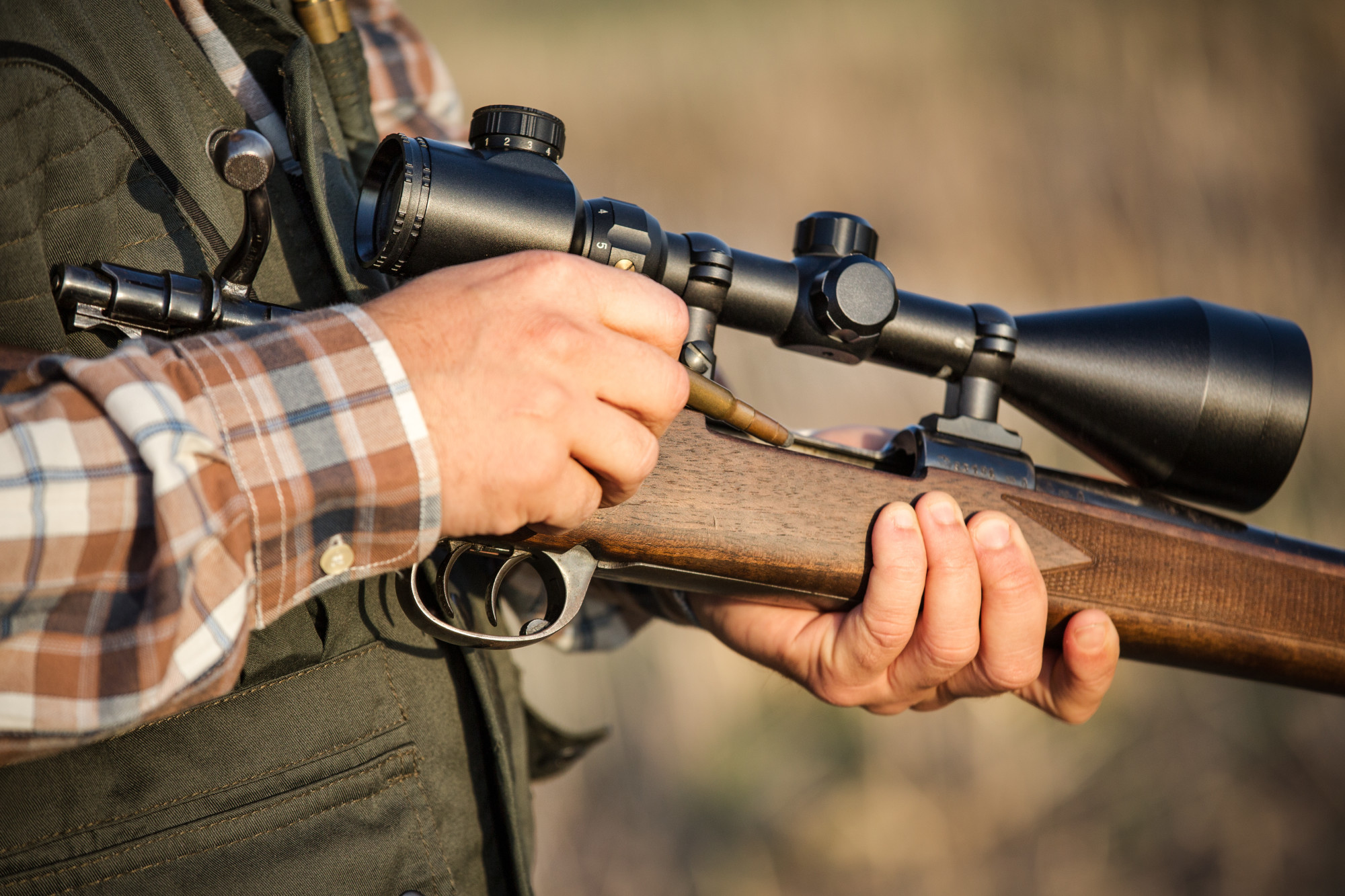Are you finally getting serious about shooting? Or is it a hobby, but you want it to be better? Then reloading your own ammo can help make it better!
Reloading ammo seems like a complicated thing to do, but the good news is that it’s far simpler than one might think. Harness your inner craftsman to tailor rounds to your specific weapons and needs.
Today, we’re sharing a quick, simple guide on the basics of reloading ammunition. Keep reading to learn more!
The Different Types of Ammo
Ammunition is essential for target shooting, hunting, or other firearms exercises. Various kinds of ammunition are available in the market. And here are the two most popular varieties to get you started:
Target Ammo
Target ammo is an excellent investment for any shooter looking for quality rounds. Various target ammo ranges from low-cost bulk packs to match-grade rounds.
Standard target ammo has minimal recoil. It provides a flat trajectory, allowing consistent performance and accuracy. Match-grade ammo is for high-end competitions.
Shotgun target ammo has wads instead of bullets. It makes clay pigeon shooting and other shotgun target sports popular.
Hunting Ammo
This ammo is specifically for hunting activities. They are usually used to fire a rifle or smoothbore shotgun with a single projectile at the target.
Common types of hunting ammo include birdshot, buckshot, slug, rimfire, and centerfire. Birdshot is a light load with a large pellet count, ideal for small game birds like quail or doves.
Buckshot is for larger animals and has a denser pellet count to deliver more knockdown power. Rimfire and centerfire cartridges are popular for rifles.
The Basics
Learning what goes into making a new round is the first step toward knowing the basics of reloading. This includes the ammo casing, primer, powder, and bullet.
Before reloading ammo, inspect, clean, and de-burred the brass. Once prepped, the beginner can then proceed to resize and trim the brass. Each caliber varies, and access to new unprimed reloading brass eliminates guesswork with used brass.
Once an individual understands the basic components, they can create new rounds. This could be with either supply they buy or they can refashion retired casings.
Steps to Reloading Ammo
Once you have the reloading kit or components, begin by cleaning and inspecting the cases. This ensures the cases are safe and ready for reloading.
After this step, prime the cases and add the powder to each case. The amount of powder will depend on the bullet type for the corresponding caliber.
After inserting the primers and powder, seat the bullets into the cases. Next, measure to check the cartridge length and tap each case to the correct level of firmness.
Finally, the ammo is ready for firing! Follow these steps so your ammunition will last longer. You will save money in the long run!
Gear Up for Your First Reloading Ammo Session
Reloading ammo will help with saving money and taking control of your ammunition. It only takes time and basic equipment for everyone to learn how to reload ammunition.
If you are just starting out, make sure to utilize all the available resources. Use this guide, and you’ll be reloading rounds in no time, so get started today!
For more informative articles, be sure to check out our blog!











